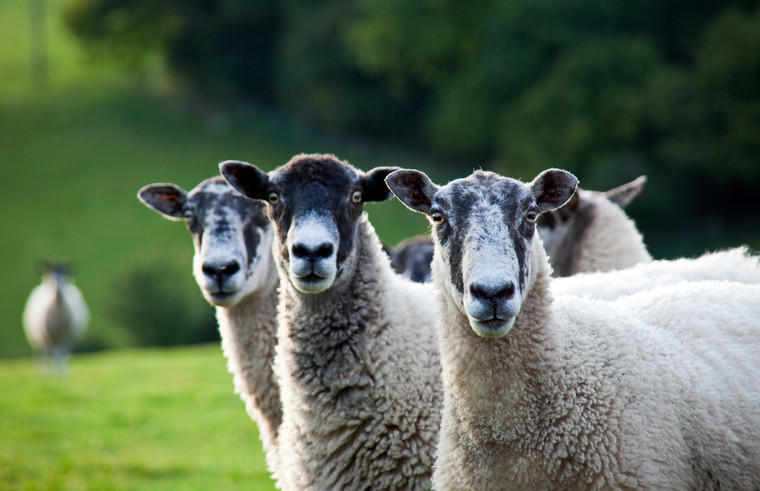Breeding preparation not only includes the ram MOT, but also protecting the ewes against infectious causes of abortion, toxoplasmosis and enzootic abortion of ewes (EAE), writes Mel Bexon BVMedSci (Hons) BVM BVS MRCVS, Westpoint Ashbourne.
First things first… are either of these diseases present in your flock?
There are some key things to look out for that may indicate that there is an issue:
- Higher than expected barren rate at scanning time
- Abortions during late pregnancy, especially around two to three weeks off the due date
- Increased number of stillbirths +/- mummified lambs
- Weak lambs that struggle to thrive.
Keeping a note of all the above will help demonstrate if there is a problem. Even if there are no accurate records of exactly how many ewes aborted or were barren, if >2% of the flock is affected then investigations are necessary. Luckily, there are subsidised schemes to help investigate causes of high barren rates and high abortion rates. These schemes often run from January through to September and help identify the presence of these infectious causes of abortion. Your vet can take blood samples from six to eight affected ewes to see if antibodies are present, indicating exposure to the infectious organism. It is important to investigate via the subsidised schemes in advance of tupping time, as the results may affect the plan of action to benefit the next lambing period.
Records can be a real asset to monitoring lambing and overall production in the flock and can influence management decisions for the future after reviewing the data collected with your vet. Key records to keep during the lambing period include:
- Number of barren ewes
- Number of aborted ewes
- Number of stillborn lambs
- Number of mummified lambs.
An easy way of recording data is conducting a weekly tally on a whiteboard or in a pocket notebook. Of course, there are other performance indicators that can be recorded during lambing, but what is important is recording essential data that can impact flock management in the future.
When in the thick of lambing, it is important to know what to do if you are presented with an aborting ewe. Firstly, clearly identify her and record her tag, then isolate her from the rest of the lambing ewes. One of the best ways to reach an accurate diagnosis is to submit the dead lamb(s) and placenta for post-mortem examination. If you do submit any abortive material, it is essential that you wear appropriate PPE, especially gloves, as both toxoplasmosis and EAE are zoonotic, meaning that they are able to cause illness in humans, too. It is important to note that pregnant women should not be in contact with lambing ewes.
The most commonly diagnosed cause of abortion in sheep is EAE, which is caused by a bacteria, Chlamydophila abortus. This normally causes abortion in late pregnancy and is spread by carrier sheep. Buying in sheep is the biggest risk of introducing this disease into your flock. Sheep often abort the year after exposure and outbreaks can be catastrophic. If an outbreak does occur, antibiotics can be used to try to prevent further abortions, but this is not a sustainable or responsible method of preventing disease. Once infected, ewes are pre-programmed to abort in subsequent years, so ongoing losses can still be a worrying issue.
The best way of preventing EAE is vaccination. Ewes can be vaccinated as early as four months before tupping but must be vaccinated a minimum of four weeks before tups are introduced. Vaccination is a small investment in preventing what is potentially a very costly disease.
Contact your vet if you want to take advantage of the funding for sampling aborted ewes and to arrange vaccination.




